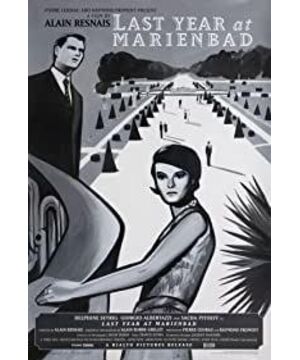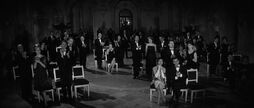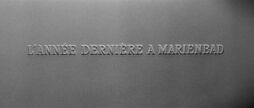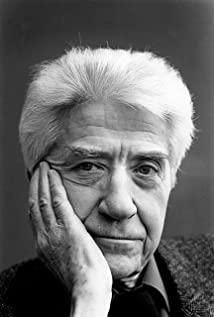In "Night and Fog", the author abandons the rules of restoring appearance in traditional documentaries, and directly abstracts the content of the narration, which becomes a kind of psychological exploration. Later, "Last year in Marienbad" almost pushed the director's increasingly abstract style to the extreme. The plot completely gave way to technique, and the appearance was completely replaced by abstraction-this is the author's step towards abstract poetic film. In this abstract poetic film, the author denies the symbolism of single or even multiple images, but instead transforms them (they) into points and lines that unfold in mental consciousness. The time span of the film story is relatively large, so the narrative component is divided into the past and the memory. In the position of narrative recall, the author retains the limitations of the human body's information processing ability, that is, the transition from the things (points) that the narrator associates to the presenter, and the presenter forms a line with these associates. The way the film unfolds the memories is not the same. For example, the scenes of the film are established regularly one by one-the picture first appears, then there is sound, first there are non-emotional drama dialogues and murals, and then the real emotions of people. . . Like silent films and talking films, in addition to highlighting the beauty of a form, it also highlights the level of human spiritual activity. Freud divided people's spiritual activities into three levels: consciousness, preconsciousness, and subconsciousness. The structure of human behavior and plans is fixed. Even when encountering a difficult event, human response is undoubtedly a cyclical process. It is still appropriate to use this to interpret the three-level structure of mental activity. There are countless cyclic processes in the film, and the meaning of the cycle is also different. For example, the solemn and restrained orchestra drawn by the narrator in the first layer (from the perspective of the film) reflects the overwhelming emotions of the present. The first level (psychology) implies that the presenters converge in the preconsciousness, but cannot control the emergence of emotions in the subconscious. Music, behavior, pictures and other points complement each other, forming a line in the cycle. These lines are processed by the mental activities of the present to form a surface, and the body needs the audience's thinking to form. This is the abstract poetic film. rule. In 2018, the first long film review for Alan Renai's "Last Year in Marion Bad" (1961)
View more about Last Year at Marienbad reviews










